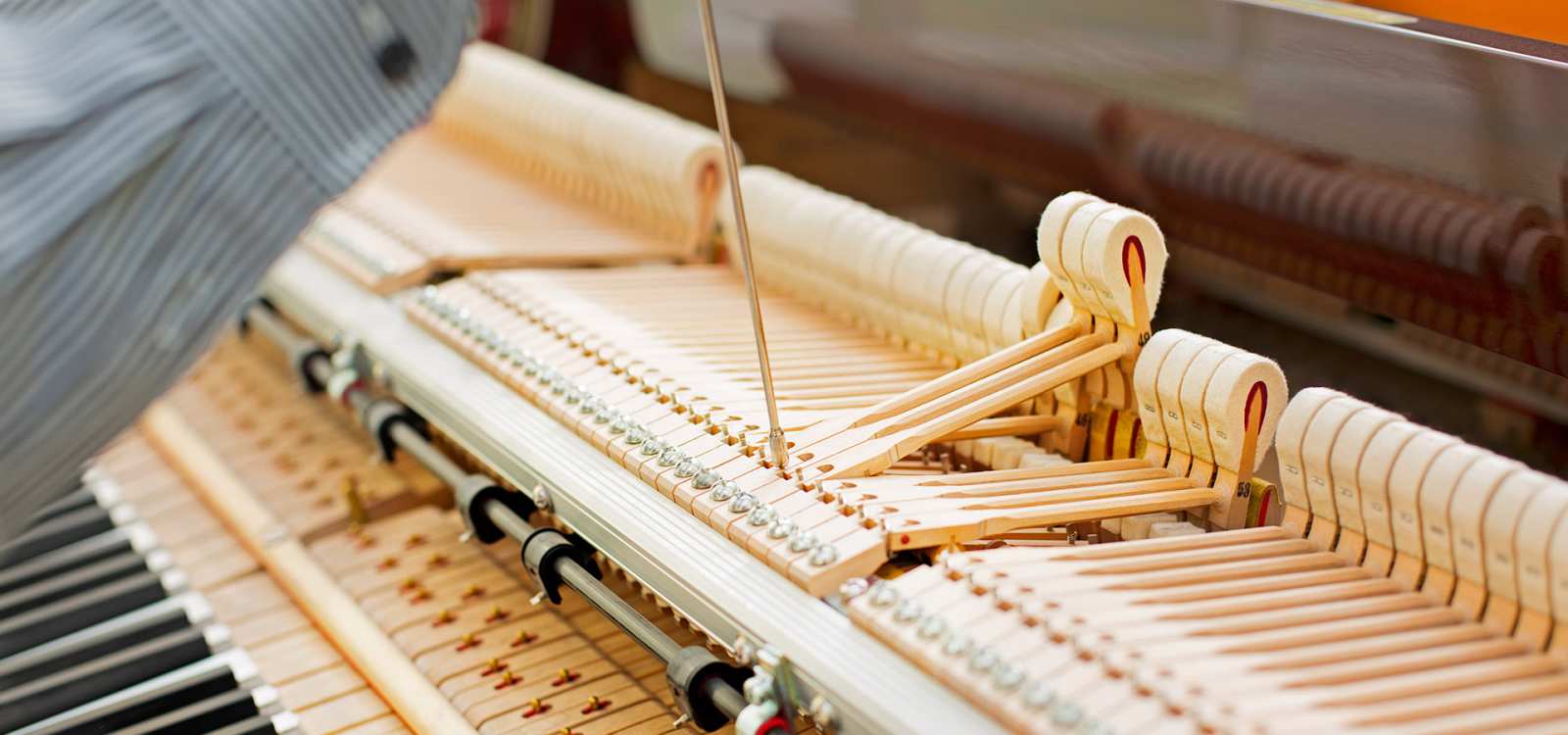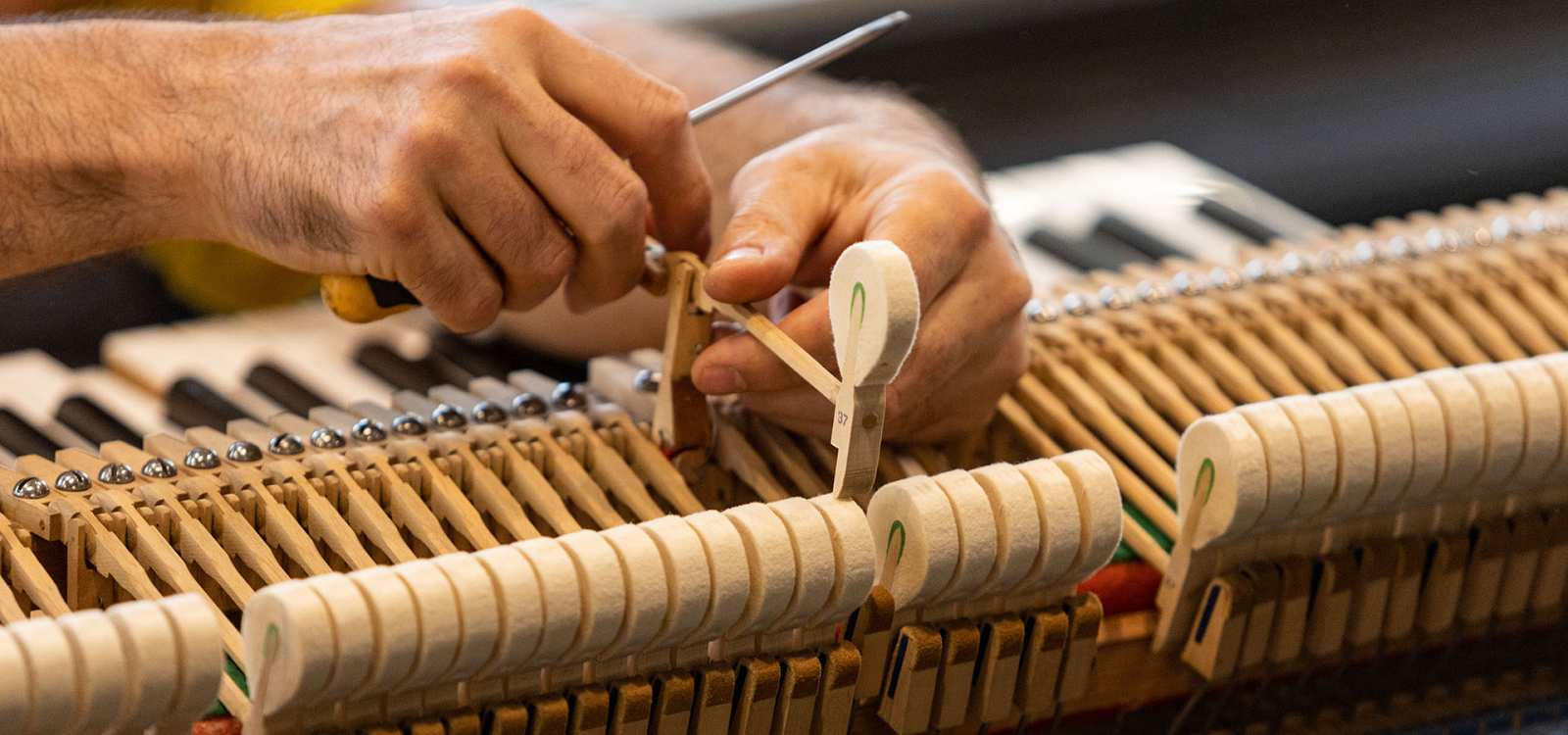Piano maintenance and cleaning
Most pianos are located inside homes and accumulate dust every day. Whether you have carpets, pets, children, or other factors, dust builds up inside the instrument, making it dirty. In addition to dust, it is common for objects to get lodged in the piano, causing mechanical problems or malfunctions. These objects often include crayons, small toys, pencils, staples, or small hairpins.
Fortunately, all professional piano tuners offer piano cleaning as an additional service. This is an option you may want to consider investing in every few years to ensure the best maintenance for your piano.
Parts of the piano that require cleaning
There are many mechanical parts in the piano that need to be cleaned. Let's look at the most common parts to know how to handle excessive dirt inside your piano.
Piano keys:
Piano keys can become a breeding ground for bacteria, so it's good practice to always wash your hands before playing. It is common to find sticky food residue or other debris on the keys, as they are in direct contact with fingers and nails. A piano technician will start by cleaning the entire surface of the keys, one by one, using a cleaner. A damp microfiber cloth with soap is usually sufficient to clean most keys.
Soundboard and strings:
The soundboard, located beneath the strings, is a common place for dust buildup, as there are hundreds of small parts positioned very closely, allowing dust to infiltrate and create a thick layer. Technicians use a combination of flexible tools to remove dust and a vacuum cleaner for hard-to-reach areas under the strings. Once the dust is removed, wood polish and cleaner can be used to restore the shine of the soundboard and bring out the original beauty of the wood.
Pedals, rods, and wheels:
All of these parts can get dirty, so most technicians will clean the pedals with a bit of polish. The same goes for the pedal rods and wheels. Dust, pet hair, and dirt can infiltrate the corners and crevices. Most technicians offer a thorough cleaning service, including polishing all the metal components of the piano.
Piano action:
The piano action is responsible for the movement of the keys, up to the strike of the hammers on the strings. The action consists of thousands of parts, and each note has its own mechanism, such as felts, hammers, levers, and more. Over time, the entire action of an upright or grand piano can accumulate dust. Therefore, a technician will need to remove the action from the piano for thorough cleaning. The action can be disassembled without causing damage to the piano.
Investing in periodic cleaning of your piano by a professional will ensure its proper functioning and maintenance. Keeping the different parts of the piano clean will help preserve its beauty, sound, and longevity over the years.

 Italian
Italian



